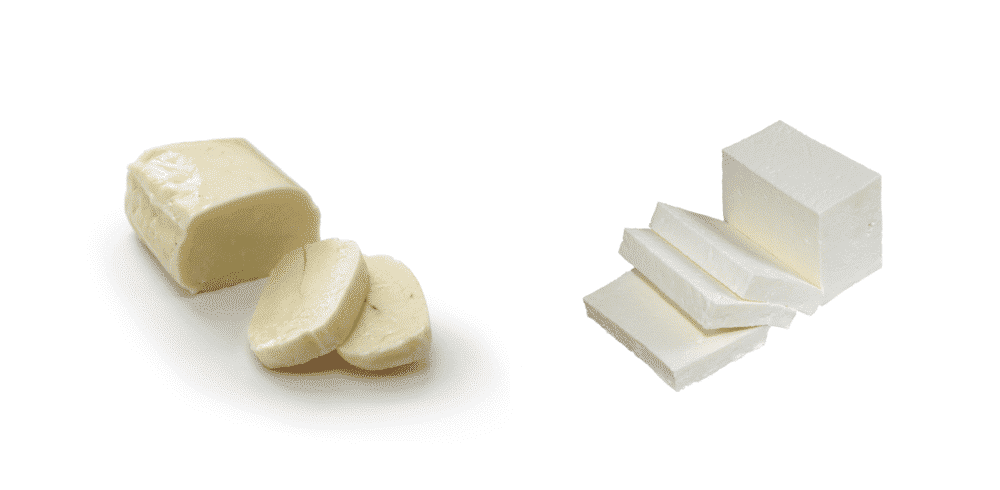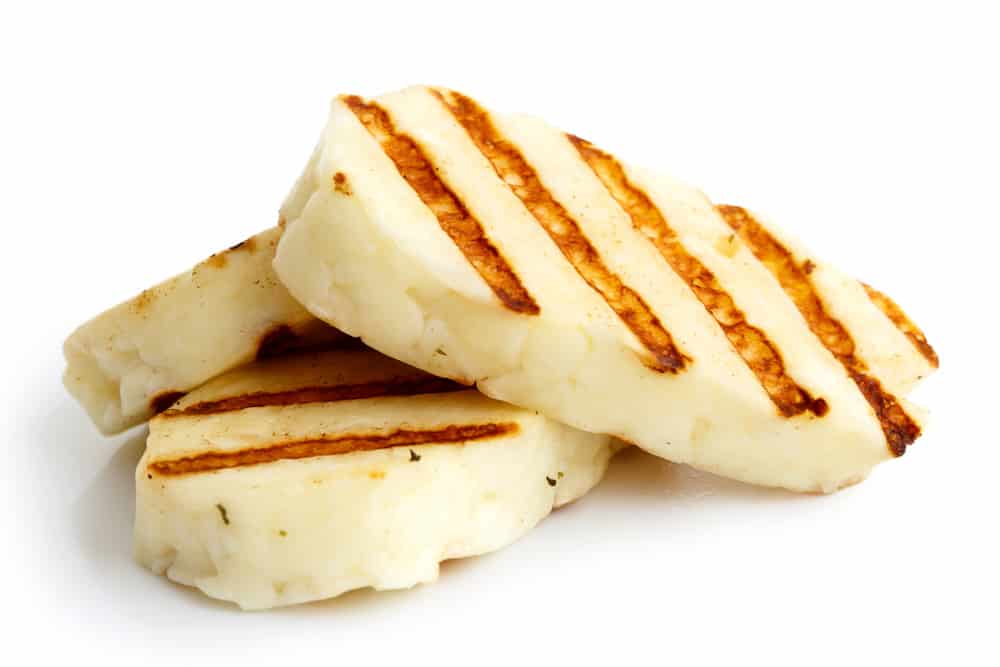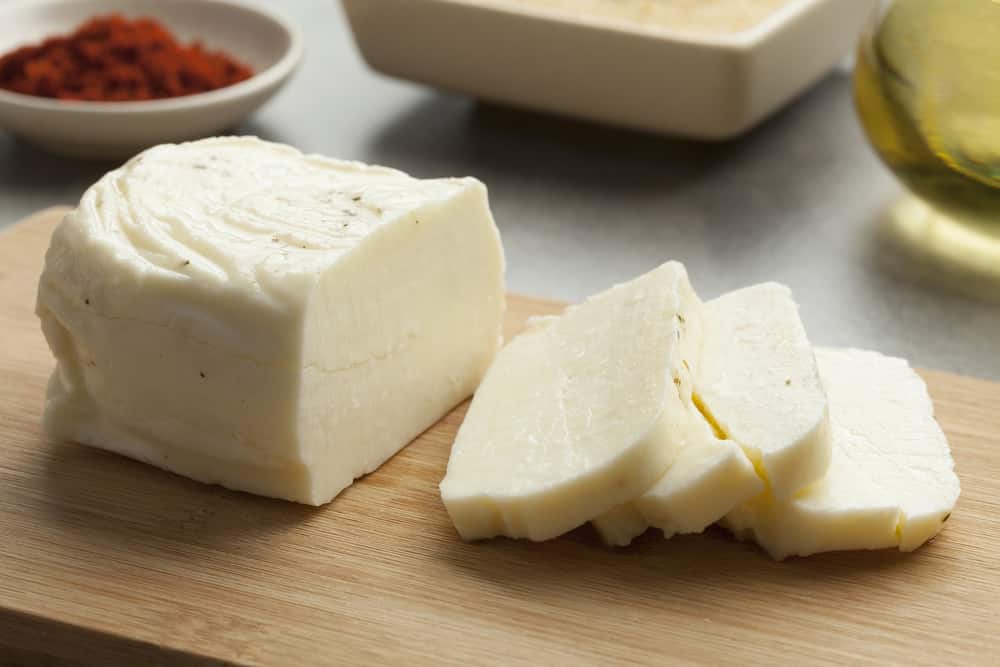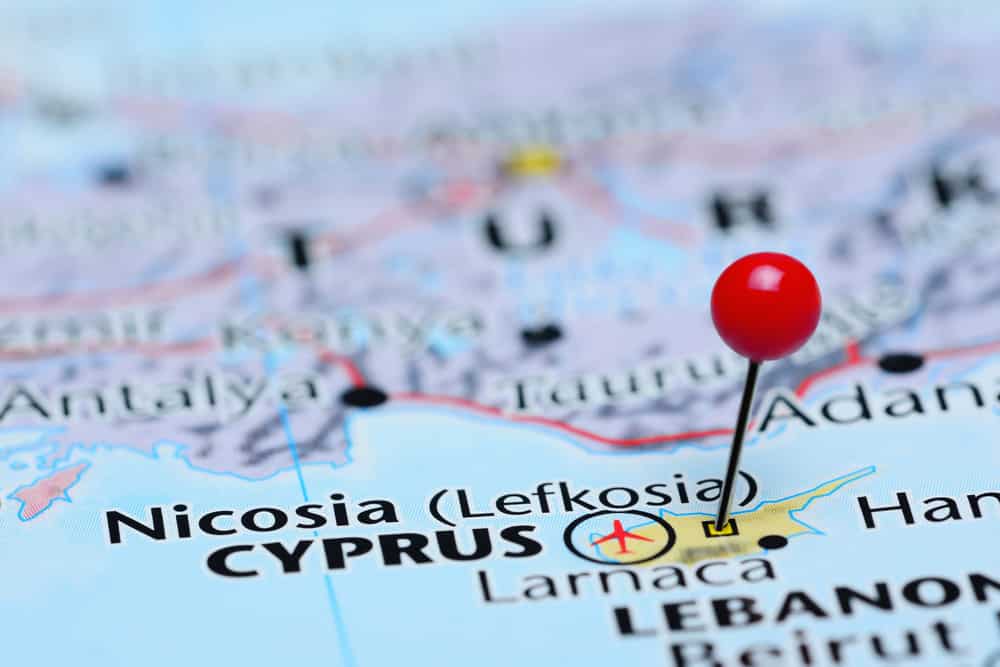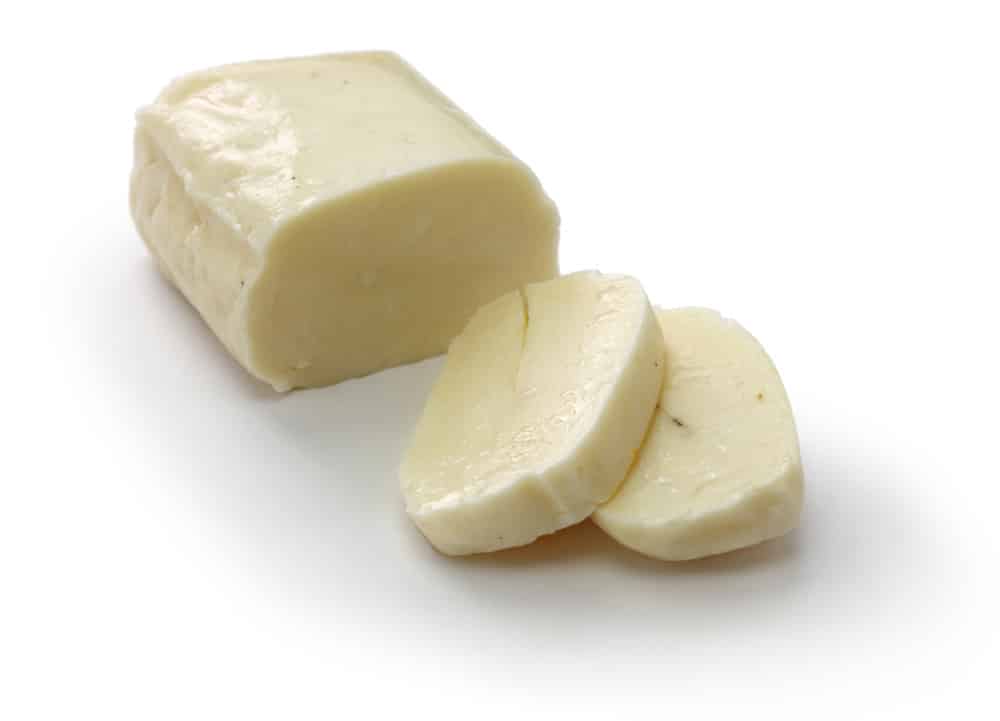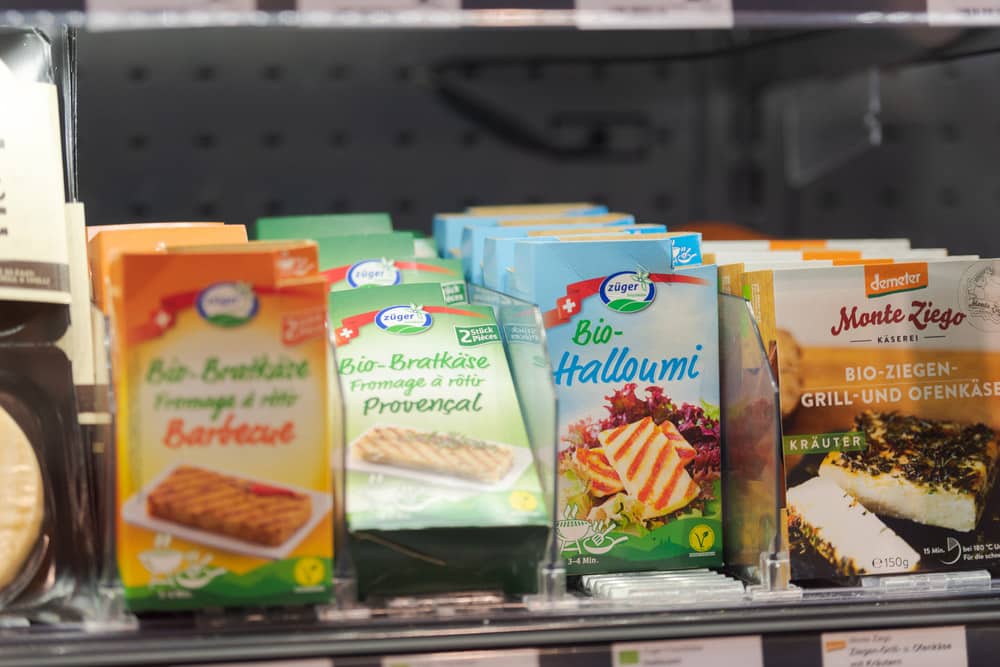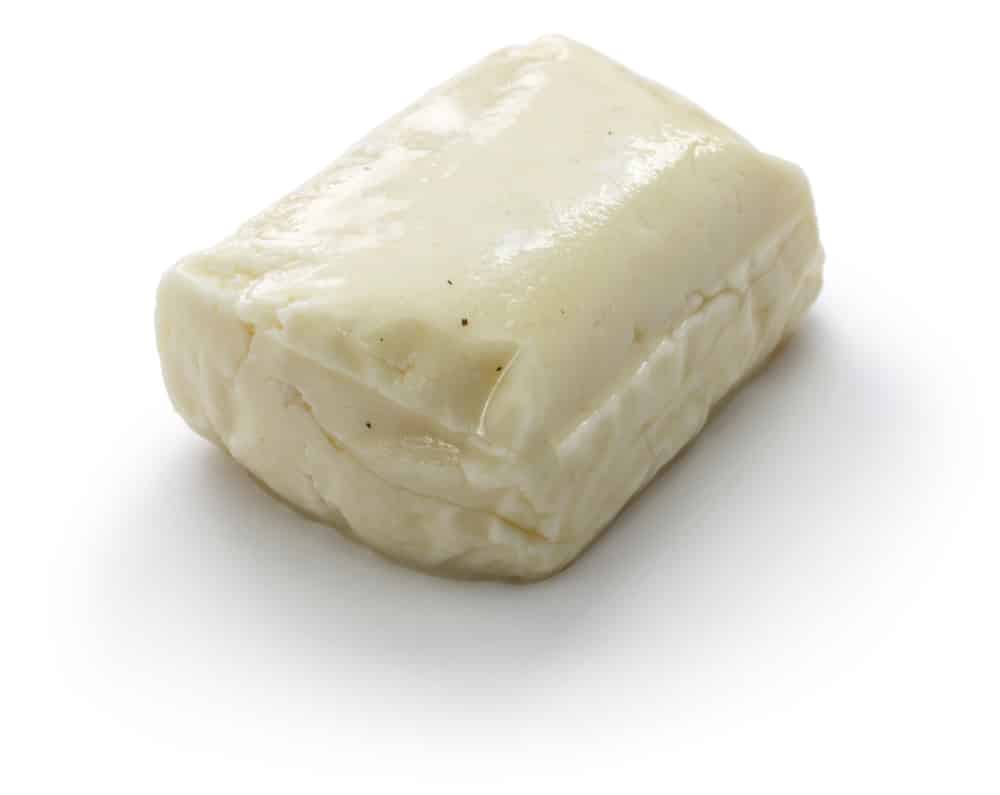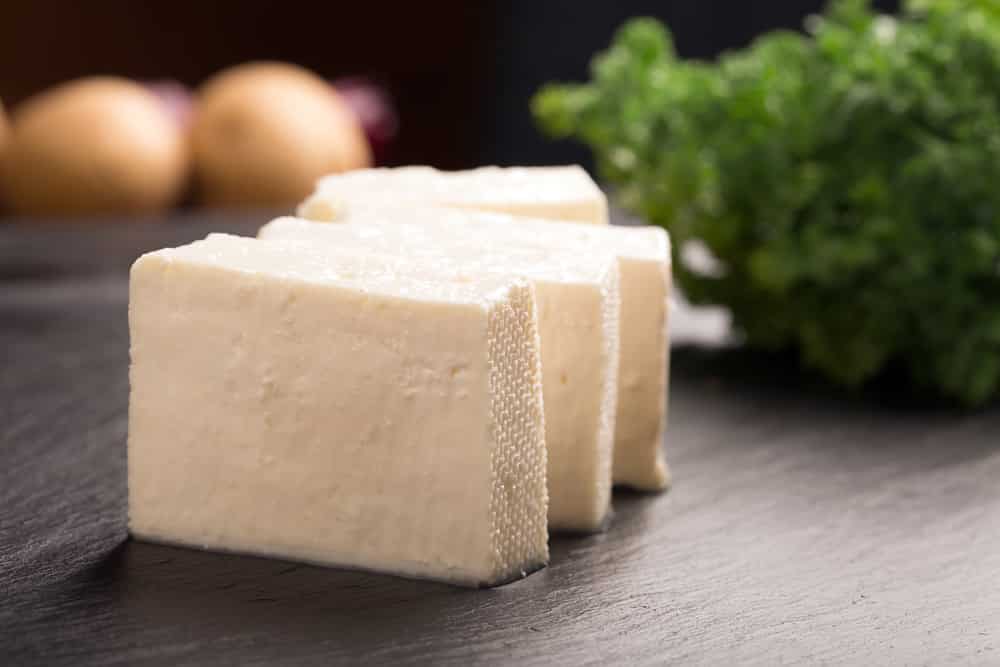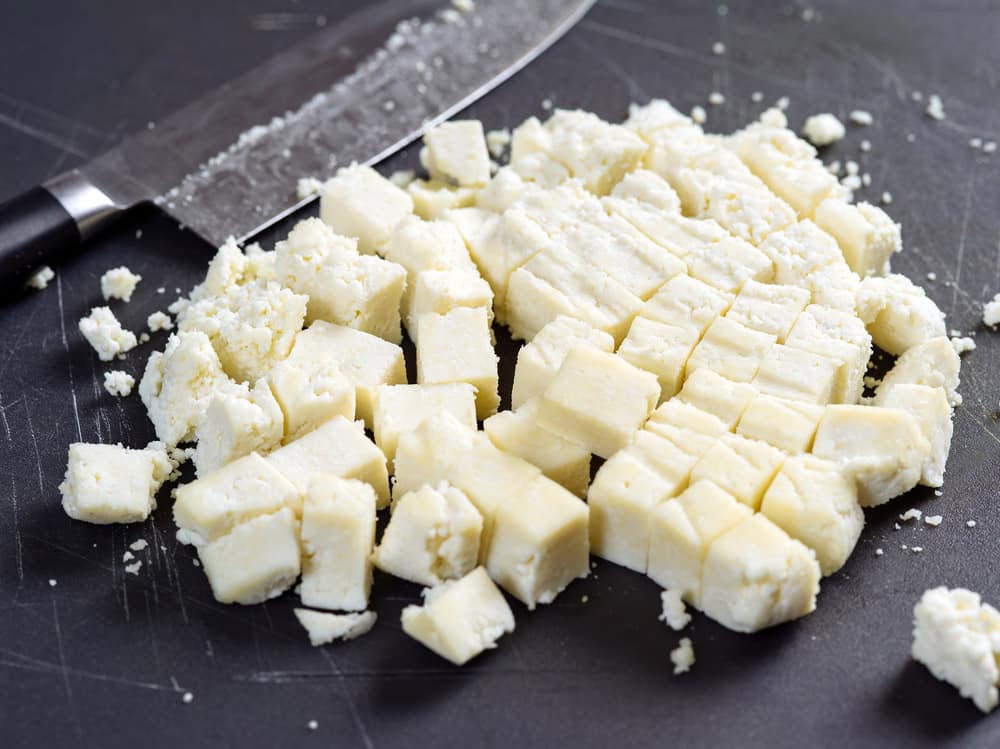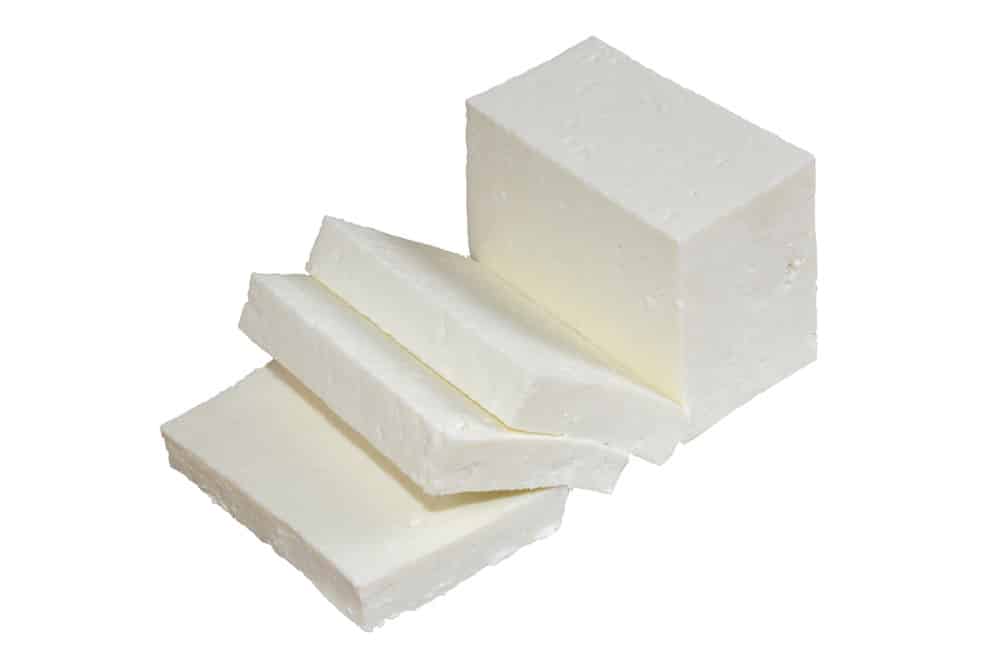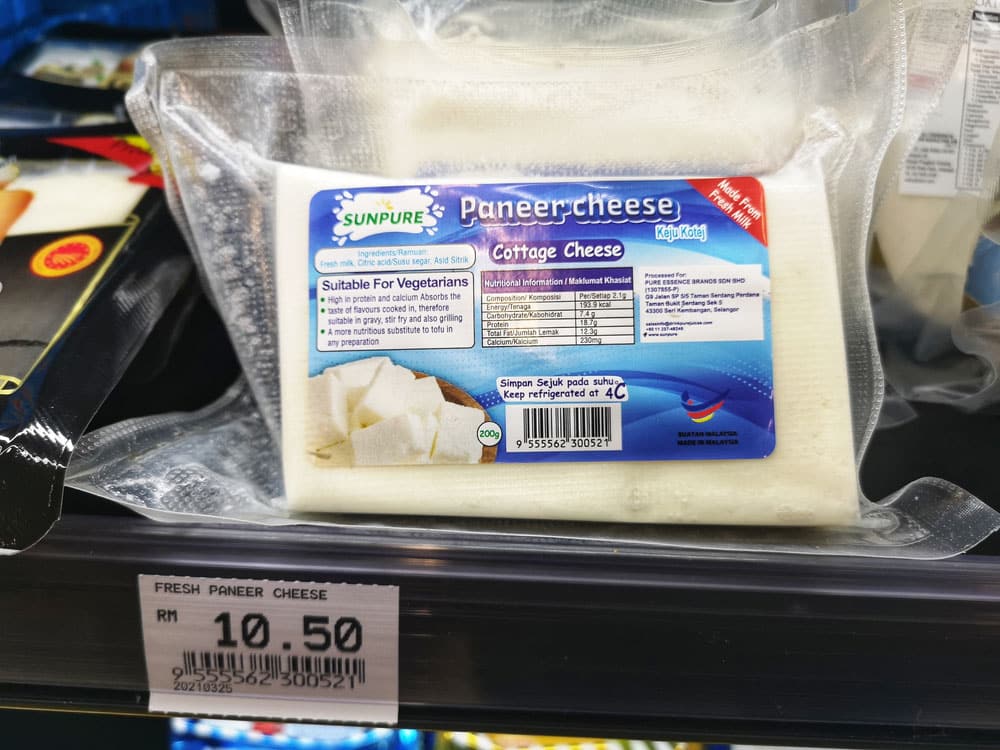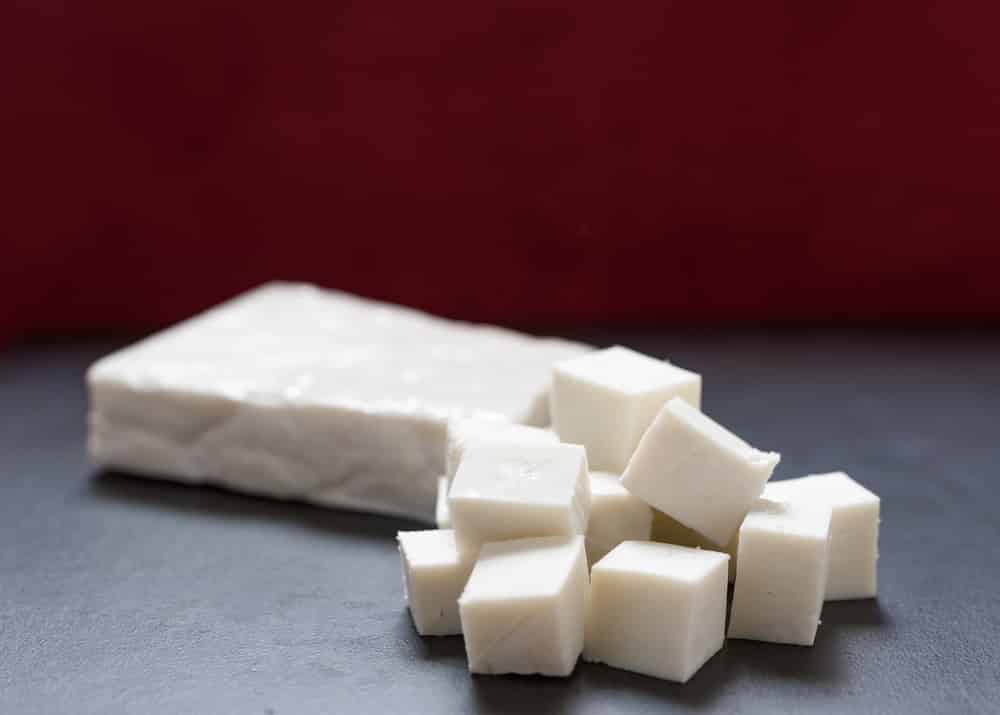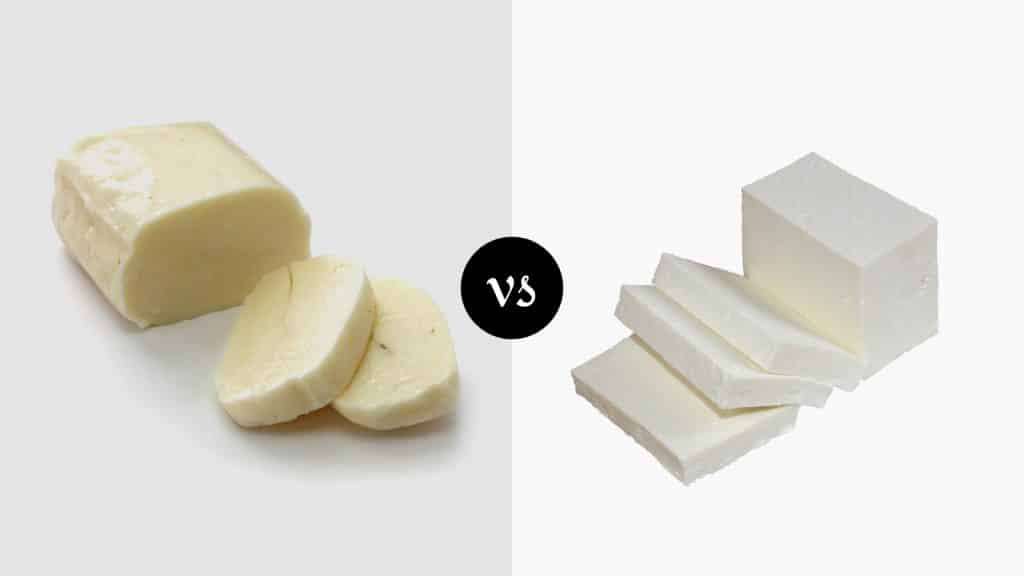
DISCLOSURE: This post may contain affiliate links, meaning when you click the links and make a purchase, I receive a commission. As an Amazon Associate I earn from qualifying purchases.
Cheese is an ingredient that just about everyone in the world is familiar with. It has endless applications across an array of different recipes and cooking styles.
From simple appetizers to full meals based around cheese and even some specific desserts, there are all kinds of uses for this, one of the world’s most popular ingredients. One has to keep in mind, different types of cheese are used for specific different things.
Users can’t just use a cheese meant for desserts in place of a cheese meant to be used in spicier or saltier foods. Even among savory cheeses, there are distinct differences. Out of all cheeses, we’ll be taking a look at two of the most popular.
Our evaluation of Halloumi vs. Paneer will show you everything that you need to know about these two kinds of cheese that are frequently substituted for each other.
Halloumi Vs. Paneer Comparison
| Halloumi | Paneer | |
|---|---|---|
| Names | Halloumi, Hellim, Hallum | Paneer, Indian Cottage Cheese, Ponir, Fonir |
| Cheese Type | Unripened Pasteurized Semi-Hard White Cheese | Fresh Acid-Set Unaged Non-Melting Soft Cheese |
| Origin | Cyprus, Medieval Byzantine Period | Indian Subcontinent |
| Manufacturing | Non-Homogenized Milk Coagulated With Rennet Then Heated, Separated And Pressed Before Brining | Cow's Milk Curdled With Lemon Juice, Vinegar, Citric Acid Or Dahi Then Separated, Drained And Pressed Under Pressure |
| Flavor | Light Tangy Salty Flavor With Slight Bitterness | Mild, Milky With Light Subdued Saltiness |
| Texture | Squeaky Cheese - Firm, Rubbery, Gooey | |
| Uses | Raw Or Cooked - Grilling, Frying, Roasting, Baking | Cooked - Curries, Stews, Frying, Roasting, Grilling, Baking |
| Cooking Time | 1-2 Minutes | 5 Minutes |
| Calories | 503 Calories, 32G Protein, 913Mg Calcium, 28G Fat | 340 Calories, 27G Fat, 266Mg Calcium, 18G Protein |
| Availability | Online & Grocery Store/Supermarket With Imported Cheese Availability | Online & Stores With Extended Range Of Cheese |
| Affordability | $3-$4/Ounce | $0.80-$1/Ounce |
| Shelf Life | 2 Weeks Opened, 1 Year Frozen In Brine | 6 Months Frozen, 3 Days Refrigerated |
Halloumi Vs. Paneer
If you’re a fan of cheese, then halloumi and paneer likely both rank high on your top list. Both are firm cheeses that hold their shape well through cooking. Cooking either variety develops dimensions of flavor, changing the taste prominently.
We’ll be taking you through a comprehensive comparison of halloumi vs. paneer so that you know which is the best choice for your next cheesy recipe.
Halloumi
Cyprus’ pride, Halloumi cheese, is a fantastic cheese for roasting on a grill and frying. There are countless ways to enjoy this tasty hard cheese with distinctly unique characteristics. Let’s take a closer look at what makes halloumi so popular.
Names
You’ll almost always find this type of cheese sold as halloumi, which is its name of Greek origin. However, in Turkey, Halloumi is called Hellim, and in Arabic, it is named Hallum.
Cheese Type
Halloumi is a unique type of unripened pasteurized semi-hard white cheese that is essentially an amalgam of a brined cheese and a cheese type called pasta-filata cheese.
This is due to the way that it is semi-brined and stretched, similar to types like mozzarella and scamorza within this broad classification of cheese. Although traditionally made from a blend of goat and sheep milk, halloumi is today also made from cow’s milk.
Origin
Halloumi originated in Cyprus in the Middle East. Cyprians first invented halloumi cheese during the Medieval Byzantine period, which places first use somewhere after 395CE but well before 1453.
On March 30th, 2021, the European Union granted the country the protected Designation of Origin award for its ever-popular cooking cheese. Halloumi cheese is officially, finally, recognized as a unique product of Cyprus.
Manufacturing
Non-homogenized milk is combined and coagulated with rennet. This makes it unsuitable to lactovegetarians as rennet is a series of enzymes harvested from the stomach of ruminants like young nursing calves.
The rennet is added to heated milk and then left to rest after curds have formed. Once formed and set, the curds are removed and separated from the whey. Drained, set curds are shaped and then pressed to release all excess moisture.
At this point, the halloumi, which has taken shape, is dropped into heated whey and left to slowly cook. Finally, the halloumi cheese is stored in brined or vacuum-sealed.
Flavor
Halloumi is a mild but savory cheese with a light taste similar to mozzarella but saltier and much tangier. Its boldness or mildness depends on how long the halloumi was aged before brining or packaging.
Texture
As what many call a squeaky cheese, halloumi has a firm, rubbery texture when uncooked. As halloumi cooks, it softens up but retains its shape well, granting gooiness and chewiness in each bite. It is much chewier than paneer but not as grainy.
Uses
Although halloumi can be enjoyed raw, it is typically slightly too bitter and salty for most without cooking it first. Halloumi is meant to be enjoyed hot and can be pan-fried or grilled. The Cyprian serving suggestion is to grill halloumi atop the coals of an open fire or barbecue.
Cooking Time
Halloumi only takes 1 to 2 minutes to cook. All that it requires is light frying or grilling until brown on each side. It generally takes 2 minutes or less to reach the perfect golden crust that most are looking for.
Uncooked halloumi has a bitterish, salty flavor, but once it’s cooked, this fuses into a lingering but light savory taste of its own without the milky quality of paneer.
Calories
Halloumi, equivalent to a cup, contains just under 503 calories with 32 grams of protein, 913 mg of calcium, and 28 grams of fat. It’s considered high sodium, high fat cheese. All varieties of halloumi are greater in protein and calcium than paneer.
Availability
Traditional Halloumi cheese is available online and in grocery stores that stock imported cheese. As a product of Cyprus, you’ll generally only find halloumi imported. Locally produced halloumi is always marked as a cheese resembling halloumi, not halloumi itself.
Affordability
[amazon box=”B00A3E5N1O”]
Halloumi retails for between $3 and $4 per ounce on average in the United States.
Shelf Life
When stored in its salt-water brine, halloumi cheese can keep for up to a year when frozen and defrosted to no more than 39°F. Once opened, halloumi generally lasts for up to two weeks if handled in a sanitary manner, avoiding cross-contamination from other foods.
When spoiled, halloumi will have developed mold that has spread spores deep into the cheese. It will also carry the smell and taste of sour milk.
Paneer
Paneer is one of India’s most famous cheeses. Although easy enough to make at home, most will opt for store-bought paneer instead. Either way, almost all varieties come out tasting great and are the ideal ingredient to include in authentic Indian curries.
Fried, grilled, roasted, or stewed, paneer is ever-popular. Let’s take a closer look at what is fondly known as Indian cottage cheese.
Names
This Indian acid-set cheese is known as Paneer, Indian cottage cheese, ponir, or fonir. Even though there are slight similarities between the two, paneer is not cottage cheese.
Cheese Type
Paneer is a fresh Indian acid-set unaged non-melting soft cheese that’s made from either cow or buffalo milk. Unlike Halloumi, Paneer includes absolutely no enzymes derived from animals. The acid is taken from vegetables or fruit.
Origin
While it’s clear that paneer originates on the Indian subcontinent, its exact point of origin remains debated. Historians suspect that paneer was invented during the 16th century by the Persian and Afghan people.
Even the word “paneer” is derived from the Persian term “peynir,” which literally translates to “cheese.”
Certain scholars debate the Persian origin of paneer, instead attesting that it was a Vedic invention due to a 12th century Sanskrit manuscript called Manasollasa detailing the preparation of a cheese that’s almost identical to paneer. In Sanskrit, it was known as “Ksiraprakara.”
Manufacturing
To make paneer, cow’s milk is curdled using lemon juice, vinegar, citric acid, or dahi, which is an Indian variety of heat-treated fermented milk similar to yogurt.
The original paneer variety of cheese was produced using goat or sheep rennet, not cow’s milk, and not a lacto-vegetarian safe curdling agent like today. Once curdled, the cheese is separated and the curds pressed and cut into blocks.
Flavor
Paneer is a very mild cheese with a milky flavor and extremely light saltiness. It’s lighter than halloumi with a much more subtle taste overall, which makes it pair so well with bold spices used in Indian cuisine.
Texture
Paneer is a soft cheese with a firm, smooth texture without crumbling that’s similar in firmness to tofu. It retains its creamy but dense and spongy texture throughout high-heat and extended cooking, thanks to the high acidity of the cheese.
Soft, wholesome, and easy to chew, paneer has a meatiness to its texture.
Uses
Paneer is a wonderfully versatile cooking cheese. It is the main protein to many Indian dishes, suiting main meals, desserts, and snacks equally well.
It’s a favorite ingredient in curries like Palak Paneer featuring spinach but is also used in countless other curries and spicy meals, including fritters, skewers, and sandwiches.
Cooking Time
Even though paneer holds up well throughout extended cooking periods, it only takes about 5 minutes to cook through. Cooked paneer gains immense flavor. When it’s uncooked, paneer’s taste has been compared to putty.
Calories
A cup of paneer contains just under 340 calories with 27 grams of fat, 266 mg of calcium, and approximately 18 grams of protein.
Availability
You can find paneer in most grocery stores that stock imported or specialty cheese. However, if your local supermarket is all out of paneer, try ordering online. Even retail giant Amazon keeps stock of good quality paneer at a reasonable price.
It’s readily available all around the world.
Affordability
[amazon box=”B005LLQEBM”]
Paneer is far cheaper than halloumi. You’ll typically find paneer retailing for between $0.80 and $1 per ounce in the United States. That’s a whopping $3 per ounce cheaper than halloumi.
Shelf Life
Expect a shelf life of 2 to 3 days when kept in the fridge and 6 months when frozen. Paneer spoils much quicker than halloumi.
Halloumi Vs. Paneer
Even though both types of cheese suit all types of cooking, we suggest you try frying or roasting halloumi over open coals while cooking paneer into a traditional Indian curry. Picking a winner between halloumi vs. paneer is a highly subjective choice.
If you prefer stronger cheeses, give halloumi a try, whereas paneer is milky and far milder.
